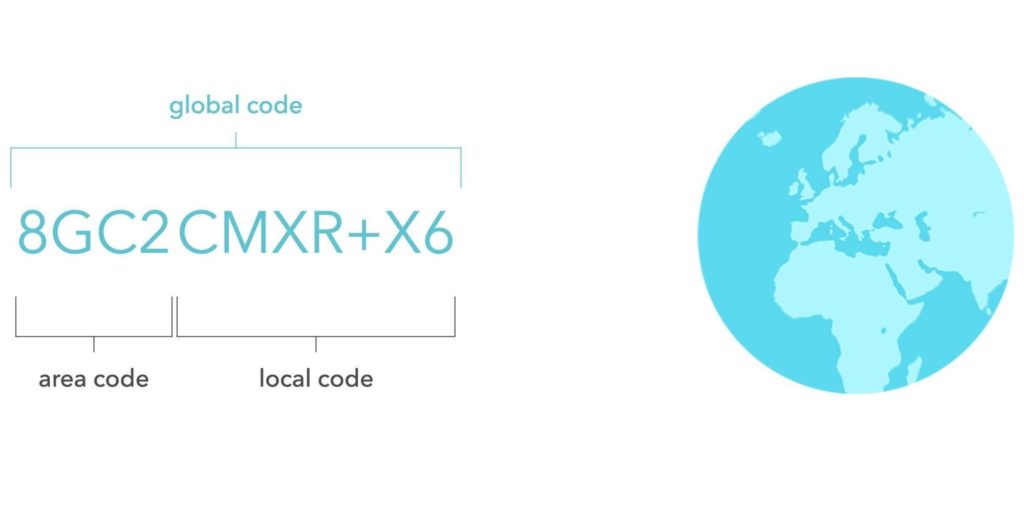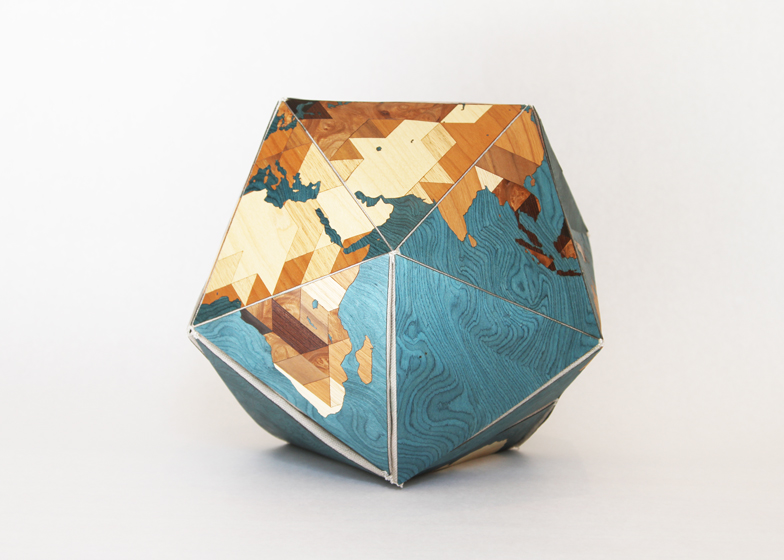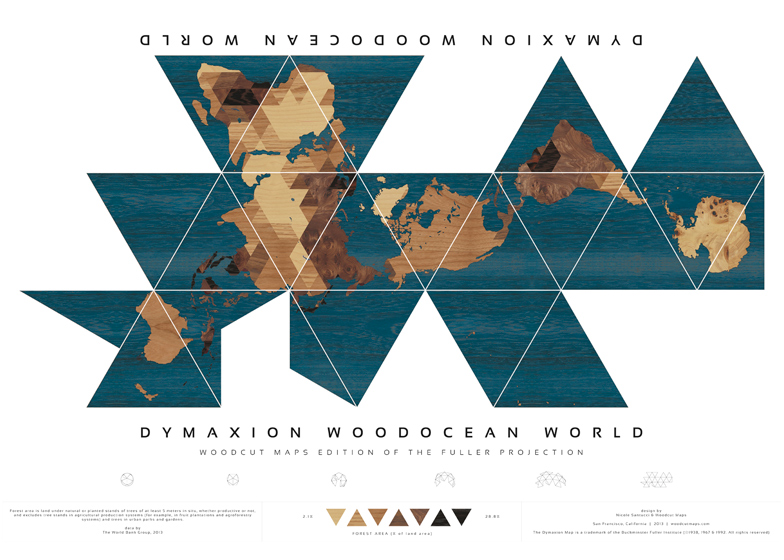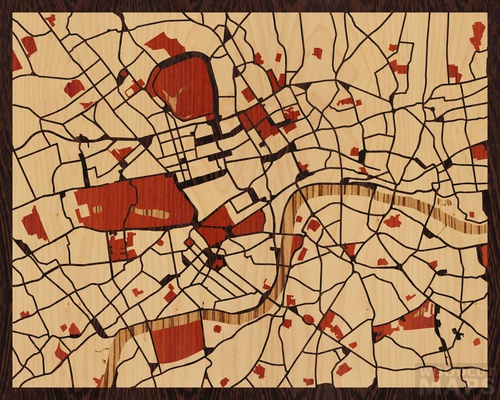Geocoding systems are essentially software address systems that assign labels to geographic locations in order to improve navigation and the processing of locational data.
Apparently, around 50% of the world’s population doesn’t have a formal physical address, which is a barrier to the access of banking, mail, and emergency services. This is clearly, therefore, an extremely important problem to be solved.
There are lots of different types of these systems, but two notable examples are Google Plus Codes and what3words.
Google Plus Codes
Google Plus Codes, also known as Open Location Code (OLC), was designed by Google’s Zurich Engineering office.
The system assigns each location a short code that is used alongside the name of the settlement or prefixes it with another short string of characters. For example, Nelson’s Column on Trafalgar Square is either GV5C+4R Central London, UK or 9C3XGV5C+4R).

There is a great post by the creators of Plus Codes that evaluates the different “location encoding systems” and explains the rationale behind Plus Codes here.
The main benefit of OLC is that it is a free, open source system. However, a big negative for me is that it is extremely hard to memorise that many characters (see graph below to illustrate the point). I also find it confusing that there is both a long version and a short version of each address point.
what3words
what3words (w3w) is a system developed by a London-based startup of the same name that divides the world into 3×3 meter squares and assigns each one a unique 3-word identifier. In this system, Nelson’s Column is life.swung.pounds.
To use what3words requires paying to get access, so I do wonder whether this will limit the adoption rate compared to Plus Codes which has been opened up to the developer community.
However, the beauty of w3w is that the use of only three words makes it super-user friendly and memorable (see graph below).
There are some minor challenges: for example, two locations next to each other will have totally different codes, so you can’t look at two codes and understand if they are close or not. However, they are vastly outweighed by the user-friendly nature of having only 3 words to remember.

Conclusion
I think that the what3word system is a phenomenal tool and usage will grow exponentially over the next 10 years due to its simplicity.
I personally think that Google Plus codes, although a great invention and one with potential uses, will struggle to get adopted by everyday users in the same way.
One thing that intrigues me though. Could what3words make more money by making the entire address system available for free to everyone and then charging for services around it? It would be fascinating to play with the financial model there!





